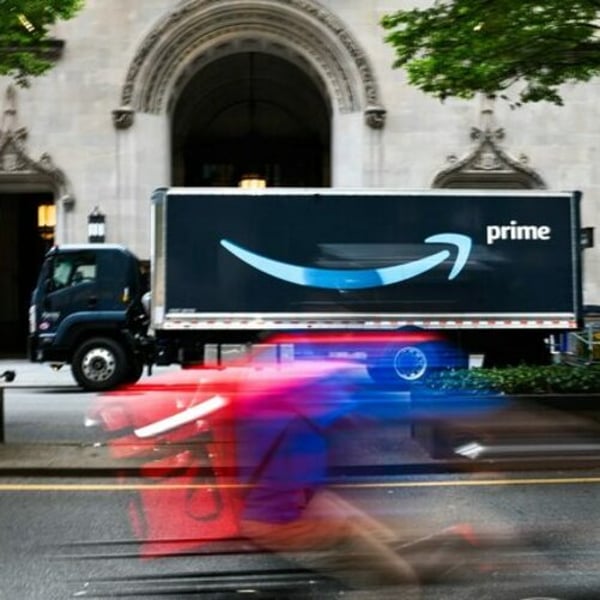By
Bloomberg
Published
July 13, 2025
Amazon.com Inc.’s Prime Day sale helped boost online spending across all retailers in the US by 30.3% to $24.1 billion, according to Adobe Inc., topping its estimate for 28.4% growth for the period ending July 11.

It’s a good sign for the online retailer as well as competitors such as Walmart Inc. and Target Corp., which hosted their own overlapping sales.
Amazon expanded Prime Day from two days to four this year in an effort to give shoppers more time to browse the millions of discounts offered on its web store. But there was a downside to the strategy. Shoppers — already made cautious by President Donald Trump’s trade war — hung back, loading up their carts without immediately hitting the buy button.
And rather than splurging on expensive electronics or luxury items, many shoppers used the sale to stock up on household essentials like dish soap and paper plates. Two-thirds of the items purchased cost less than $20, and the average household spent $156, according to the research firm Numerator, which gathered data from a sample of more than 50,000 households.
Sensing that inflation-pinched consumers would be searching for bargains, Elavi, a low-sugar nut-butter launched in 2020 by Los Angeles entrepreneurs Michelle Razavi and Nikki Elliott, boosted their marketing budget and offered a 20% discount on their blue cashew butter. The bet paid off, and their startup brand rocketed to the best-seller rank in the cashew butter category.
“With our product being less than $15, we knew it would perform exceptionally well in this high traffic environment, so we’d be stupid not to advertise and get in on that action,” said Razavi, Elavi’s chief executive officer.
Pricier products imported from high tariff countries like China faced a tougher challenge, and some brands decided to skip the event this year or decrease the number of deals they offered. Only 3% of items purchased on Prime Day cost more than $100, according to Numerator.
Still, Prime Day isn’t simply about how many products Amazon sells. Originally, the sale was launched in an effort to sign up more Prime subscribers, who pay $139 a year for shipping discounts and other goodies. Moreover, a longer sale gave the company an opportunity to sell more ads to merchants and vendors. Advertising is a major money-maker for Amazon.
“The elongated Prime Day fits into a broader advertising strategy,” said Jared Belsky, CEO of digital marketing agency Acadia, whose clients include Monster Energy, Orkin and Takis. “Prime Day is no longer just a sponsored search ad game. It’s about longer marketing campaigns.”







